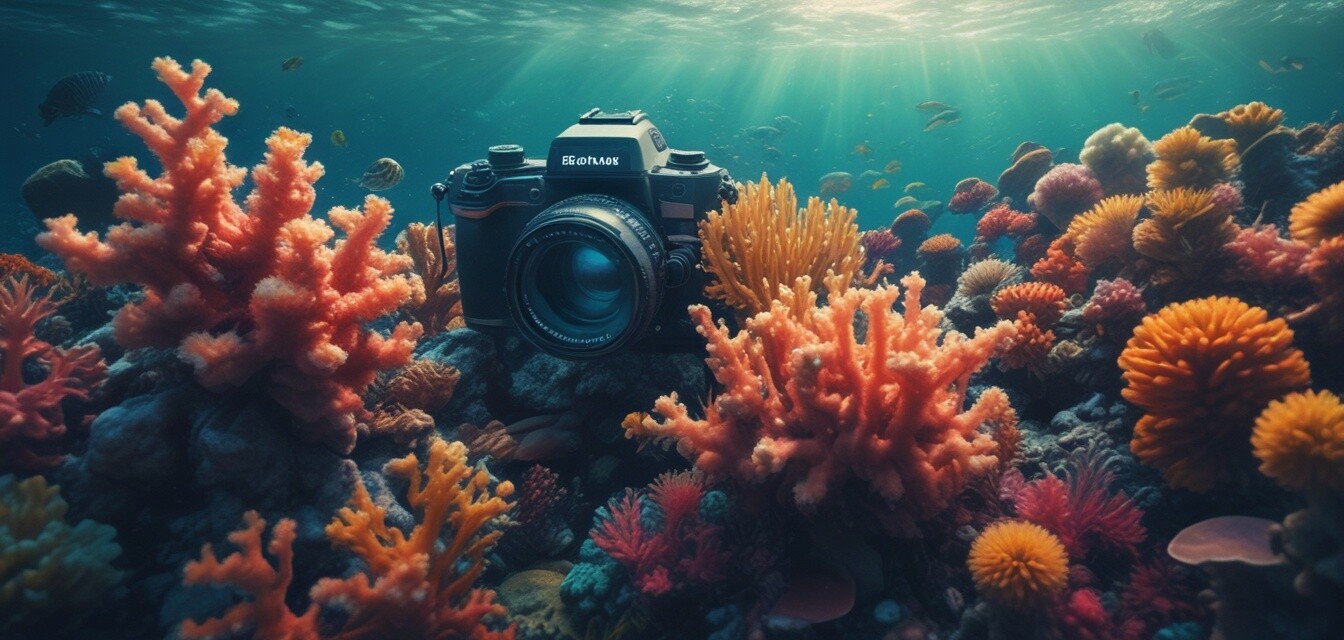
Planning Your Underwater Photography Trip: Essential Steps
Key Takeaways
- Research your underwater photography destination thoroughly.
- Prepare a detailed checklist of equipment and accessories.
- Plan for optimal lighting conditions and camera settings.
- Understand local marine life to capture stunning photos.
- Practice safety measures to ensure a successful trip.
Embarking on an underwater photography trip can be an exhilarating adventure. With the right preparation and knowledge, you can capture breathtaking images that showcase the beauty of underwater life. This article provides a comprehensive planning guide, ensuring that your underwater photography trip is both enjoyable and productive.
Research Your Destination
Before you grab your gear, it's critical to research your chosen location. Different destinations offer unique landscapes and marine life, which can dramatically affect your photos. Consider the following:
- Best time of year to visit.
- Local weather conditions and currents.
- Common marine species you might encounter.
- Geographical features and underwater topography.
Equipment Checklist
Having the right gear is essential for capturing the best underwater photographs. Here’s a comprehensive checklist of the equipment to consider:
| Equipment | Purpose |
|---|---|
| Camera | Your primary tool for capturing images. |
| Underwater housing | Protects your camera from water damage. |
| Lenses | Different types for various compositions. |
| Light source | Key for enhancing visibility and color. |
| Strobe | Helps illuminate underwater scenes. |
| Buoyancy control device | Maintains your depth and stabilization. |
| Wet notes | For jotting down observations and settings. |
Camera Settings for Underwater Photography
Setting your camera correctly is crucial for getting great underwater shots. Here are some tips to get the best results:
- ISO: Start with a higher ISO setting to achieve better results in lower light.
- Aperture: Use a wider aperture (like f/4) to allow more light, while achieving a shallow depth of field.
- White Balance: Adjust white balance settings to prevent blue hues in your images.
- Shutter Speed: A faster shutter speed can help capture quick-moving marine life.
Understanding Local Marine Life
An essential part of underwater photography is understanding the marine species you wish to photograph. Knowing their behavior can help you anticipate movements and capture stunning shots. Here are some tips on engaging with marine life:
- Learn about the local species you may encounter.
- Research their habitats and behavioral patterns.
- Be patient and respect their space – great shots often come to those who wait.
Safety Measures
Your safety should always come first. Follow these guidelines to ensure an enjoyable experience:
- Always dive with a buddy or a group.
- Check the equipment for any damage before diving.
- Understand emergency protocols for underwater situations.
- Be aware of your physical abilities and limits.
Post-Trip Reflections
Once your trip is complete, spend some time reviewing your images and techniques. This reflection will help to improve future underwater photo adventures. Consider keeping a journal about your experience, your successes, and areas for improvement.
Pros
- Allows for stunning photography opportunities.
- Educational regarding marine ecosystems.
- Great way to connect with nature.
Cons
- Requires specialized equipment that can be expensive.
- May involve risky diving conditions.
- Weather and visibility can greatly affect outcomes.
Conclusion
Planning an underwater photography trip involves a mix of research, preparation, and practice. By following the steps outlined in this guide, you’ll be well on your way to capturing remarkable underwater images that you’ll treasure for years to come. For more tips on enhancing your underwater photography skills, check out our Tips and Techniques section.

